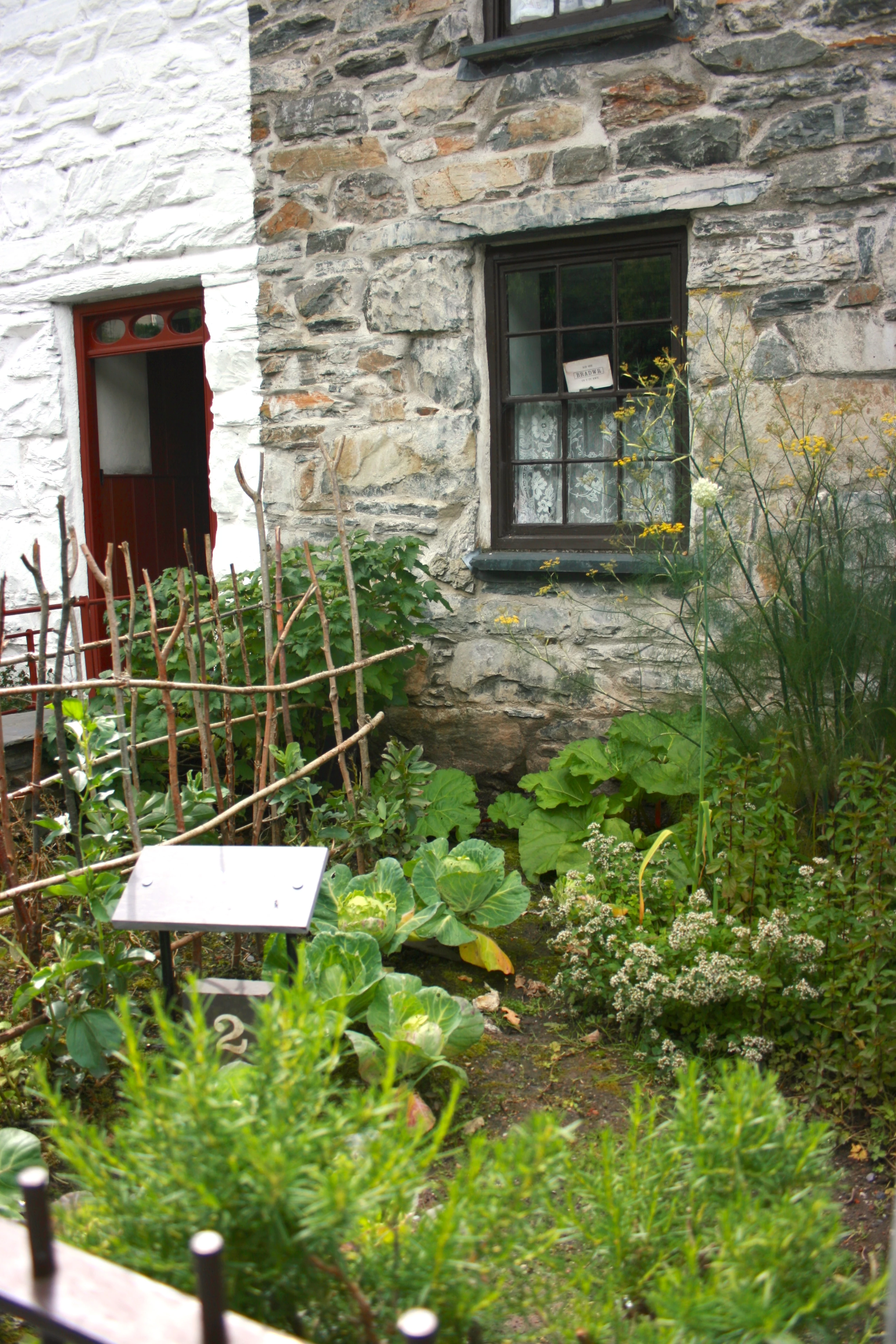Quarrymen’s Gardens Bloom to Reveal Family History
, 30 April 2020
The gardens of the Quarrymen’s Houses at the National Slate Museum are a popular part of the visitor experience - but the planting choices are not just there to look nice - they're there to add an extra layer of meaning to the stories of the quarrymen’s families and lives.
The gardens are mostly tended by a hardworking team from Gwynedd Council working from their base at Melin Glanrafon, Glynllifon. The team is part of Gwynedd Council’s adult, health, and wellbeing department, and offers training and experience for adults with learning difficulties. The team are contracted to look after the gardens all year round and to ensure that they are in tip top condition for visitors.
Cadi Iolen, Curator of the National Slate Museum explains more about the history and context for the gardens:
“The Quarrymen’s Houses were moved from Tanygrisiau to the National Slate Museum 21 years ago. Each house reflects a different period in the history of the slate industry – from 1861 in Tanygrisiau at the rise of the industry to a household in 1901 on strike during the Penrhyn Lockout of 1900 -1903 and a house in 1969 in Llanberis - when Dinorwig quarry closed for the final time.
Initially we sought advice from the head gardener at our sister site, St Fagans: National History Museum, who outlined what we should use for each house in order to further interpret the living conditions at the time. After that it was over to the gardeners to grow and prepare all that was need for the gardens.
Our 1861 house has a herbal garden including fennel, mint, and st john’s wort. The 1901 house is more practically planted with a vegetable garden in the front as well as the back as the family would have needed to grow their own food at a time of particular hardship. By 1969, the gardens become much more decorative with wallflowers, begonias and lots of colourful planting similar to the gardens that we grow ourselves today. We also grow potatoes and rhubarb in the back of the Education House which our actors in residence refer to when on site and which are occasionally used in the cafe. ”



Comments - (1)
I love the fact that you are working with adults with learning difficulties. I too worked with individuals with learning difficulties and taught gardening. What a fantastic story you share. I am inspired. Blessings on you as you continue.